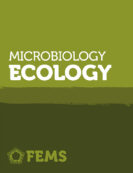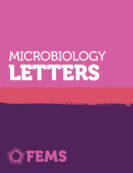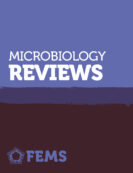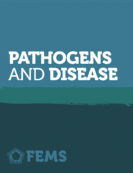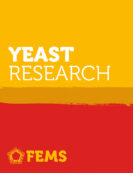International Microorganism Day
International Microorganism Day (IMD) is an initiative coordinated by FEMS, originally launched by the Portuguese Society for Microbiology (SPM) in 2017. Since then, International Microorganism Day has been celebrated on the 17 September. On this date back in 1683, Antonie van Leeuwenhoek reported the first description of a single-celled organism with his letter to the Royal Society of London. This is an initiative which aims to raise awareness about the importance of microorganisms and microbiology research among the general public and microbe enthusiasts.
Whether we know it or not, microbes are an essential part of everyday life. From health, to food, to the environment, microbes have a role and we highlight and celebrate that on International Microorganism Day on 17 September each year. Our mission is to teach and provide a platform for microbe lovers around their world to share their passion and knowledge.
Our Mascots
IMD is represented by four mascots, Bak, Saca, Gillus and Rizzo, which were created to highlight further beneficial roles of microbes in our daily lives.

Our Activities
Previous editions of IMD celebrations involved in-person activities, online activities and 24-hour live streams with participants and events around the globe.
- You can follow #InternationalMicroorganismDay on their social media (@IntMicroDay): Twitter, Facebook, Instagram, LinkedIn or YouTube.
- IMD has also its own blog section, where microbiology enthusiasts share their expertise in a simplified way so microbiology can be accessible to all!
- We have also created 4 Education Resources that can be used by teachers and for scientific outreach, including, Winogradsky Column, Sourdough Bread, Making Yogurt and Making Agar plates.
- IMD has also commissioned its own Women in Microbiology Illustrations featuring 10 Women Microbiologists that made incredible discoveries. You can also check out this article Celebrating 8 Black Microbiologists Throughout History.
- Every year, we also organize a Microbe Art Contest to celebrate IMD in a creative way.
If you would like to take part in future IMD celebrations, don’t hesitate to get in touch with us!
All but one of the FEMS journals are now fully open access (OA), with one journal, FEMS Microbiology Letters remaining a subscription journal with free-to-publish and OA options. Open access is key to supporting the FEMS mission of disseminating high quality research as widely as possible: when high quality, peer reviewed sound science is open access, anyone, anywhere in the world with an internet connection, can read it.


